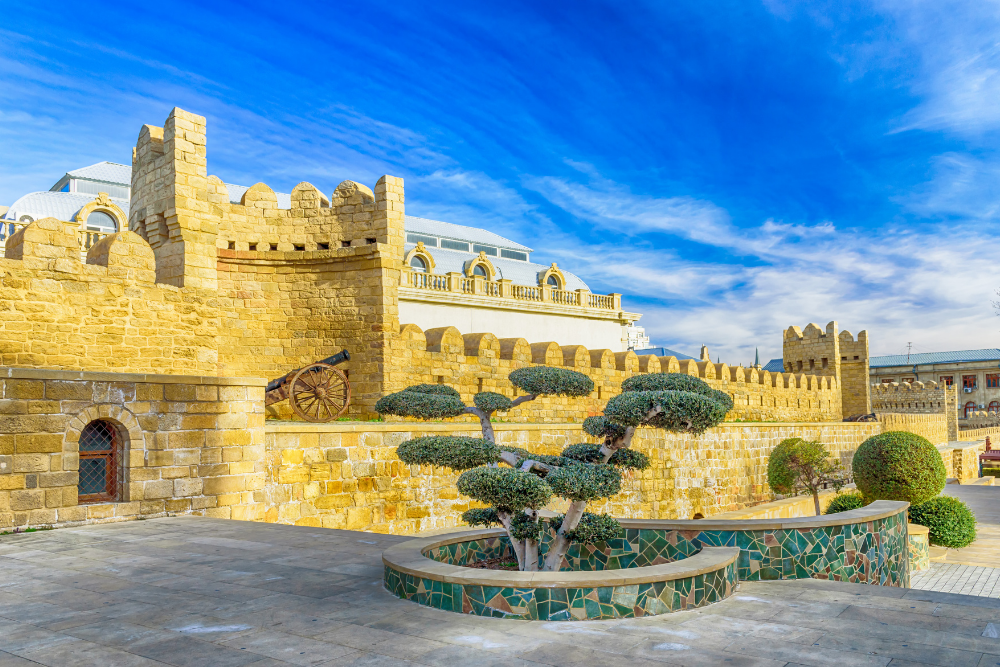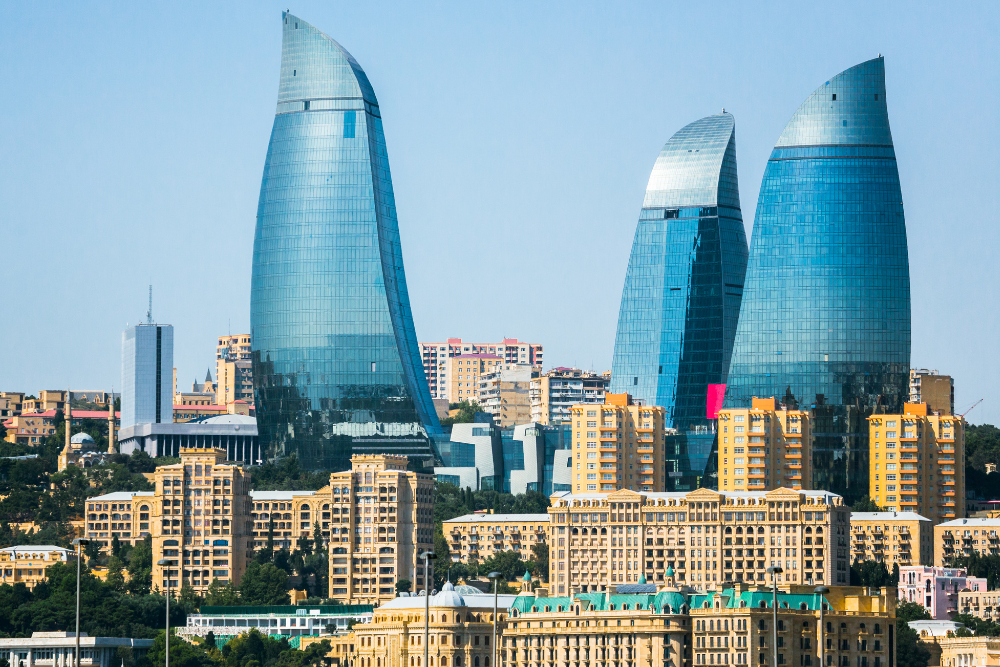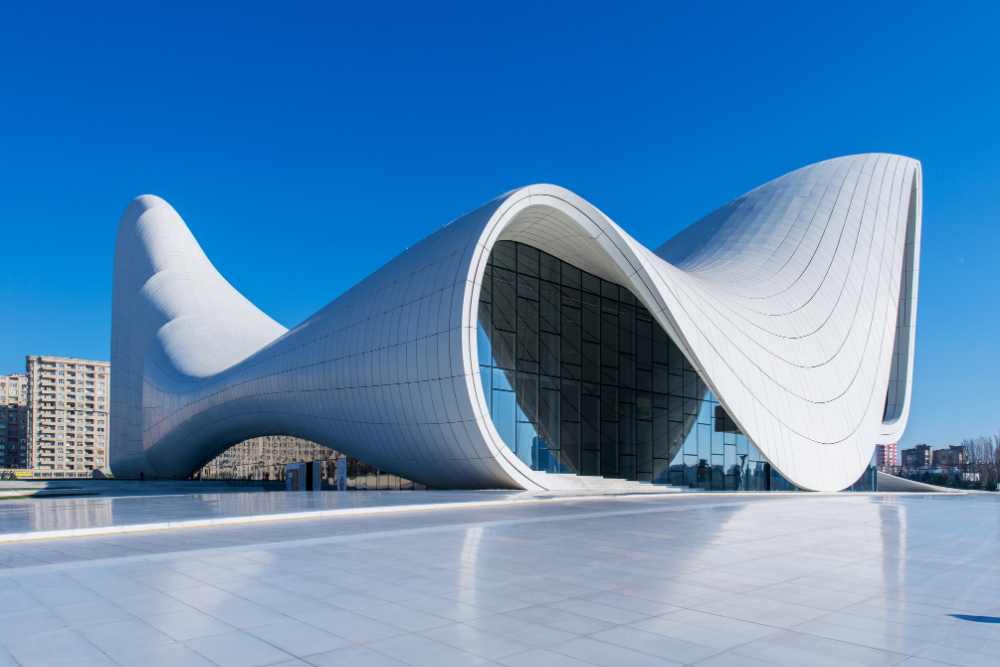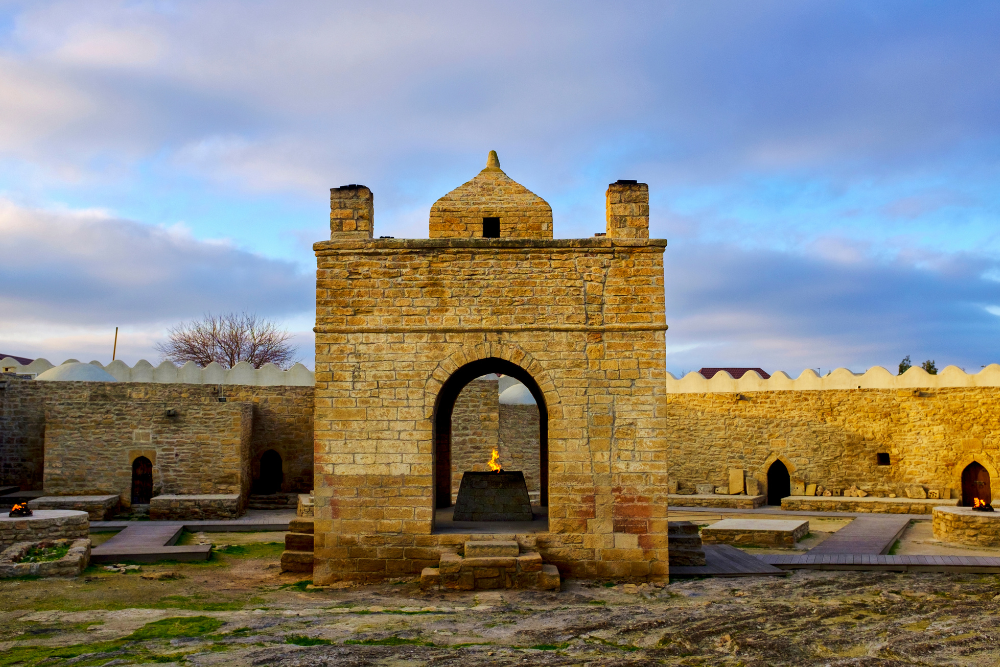Azerbaijan, a country rich in cultural heritage and architectural marvels, has made significant efforts to preserve its historic buildings while embracing modern urban development. With a history that blends Persian, Ottoman, Russian, and Soviet influences, Azerbaijan’s architectural landscape is a testament to its diverse past. In the modern era, the country is implementing various initiatives to protect and restore its historical sites, ensuring they remain integral parts of its evolving cities.
Government Initiatives and Preservation Programs
The Azerbaijani government has taken proactive steps to safeguard its historical architecture through legislative measures, restoration projects, and international collaborations. Key efforts include:
- UNESCO Collaborations: Azerbaijan has partnered with UNESCO to protect significant heritage sites, such as the Walled City of Baku, which includes the Maiden Tower and the Palace of the Shirvanshahs.
- State Programs for Restoration: Large-scale restoration projects have been undertaken for historical mosques, caravanserais, and bathhouses across cities like Baku, Sheki, and Ganja.
- Urban Planning Regulations:
 Strict building codes and regulations ensure that new developments do not overshadow or damage historical landmarks.
Strict building codes and regulations ensure that new developments do not overshadow or damage historical landmarks.
Modern Techniques in Historic Preservation
Azerbaijan employs a blend of traditional craftsmanship and modern technology to maintain its architectural heritage. Notable approaches include:
- Digital Archiving and 3D Mapping: Advanced technology is used to create detailed digital records of historic buildings, aiding in precise restoration work.
- Sustainable Restoration Materials: Efforts are made to use traditional materials while incorporating modern techniques to ensure longevity and resilience against environmental factors.
- Adaptive Reuse of Historic Buildings: Many old structures are being repurposed into museums, boutique hotels, and cultural centers while retaining their original charm.
Challenges and Future Directions
Despite strong efforts, Azerbaijan faces challenges in preserving its architectural heritage:
- Urban Expansion: Rapid modernization in cities like Baku puts pressure on preserving historic sites amid new developments.
- Climate and Environmental Effects: Rising sea levels and pollution pose threats to the structural integrity of old buildings.
- Funding and Resource Allocation: Continuous restoration projects require substantial financial investment and skilled labor.
To address these issues, Azerbaijan continues to strengthen conservation policies, encourage private and international investment in heritage projects, and promote awareness about architectural preservation through education and tourism.
Conclusion
Azerbaijan’s commitment to preserving its historic architecture while embracing modernity reflects a balanced approach to urban development. Through government initiatives, technological advancements, and sustainable restoration techniques, the country is ensuring that its rich architectural legacy remains an integral part of its cultural identity for future generations. As Azerbaijan moves forward, its dedication to heritage conservation will play a crucial role in maintaining its unique historical charm amidst rapid modernization.












